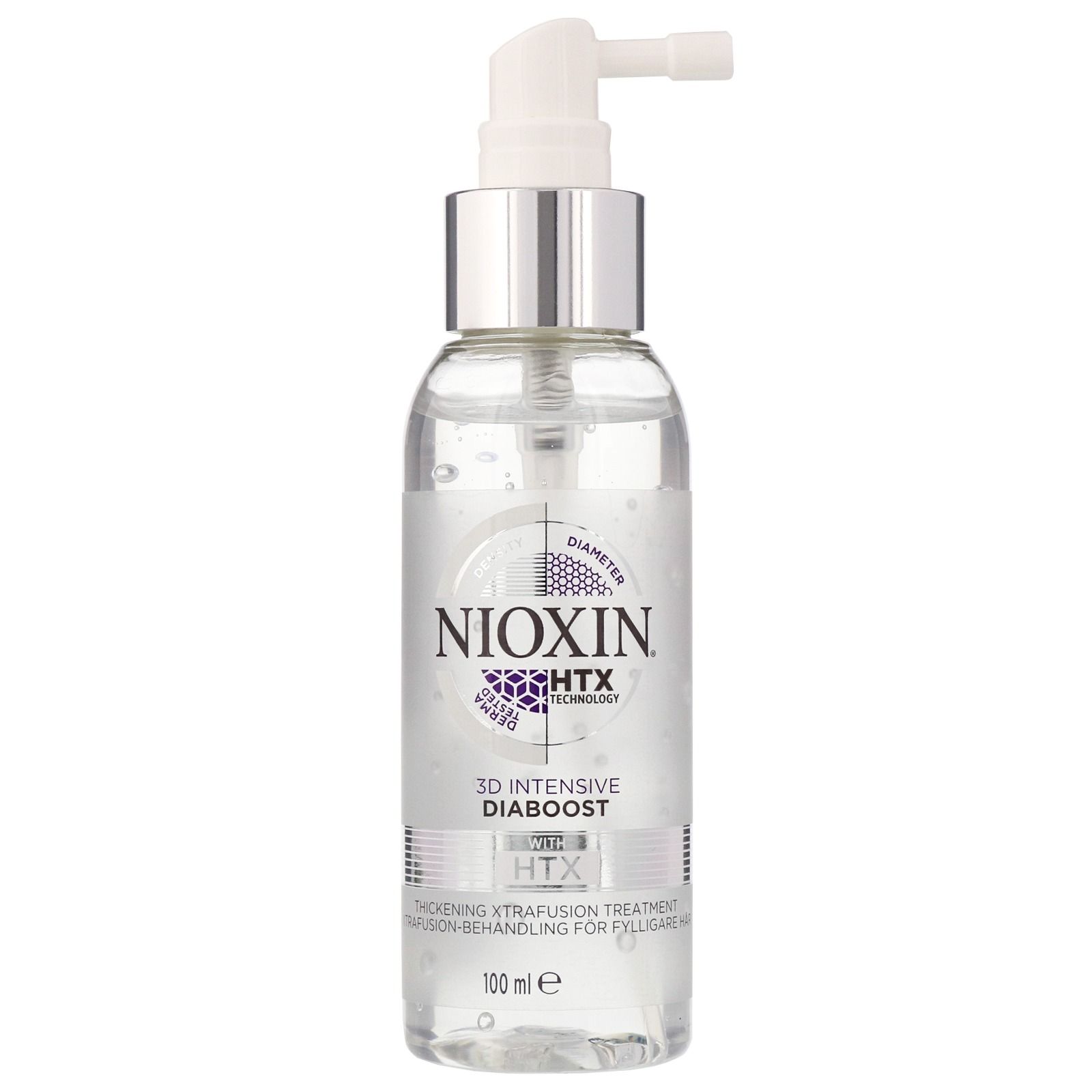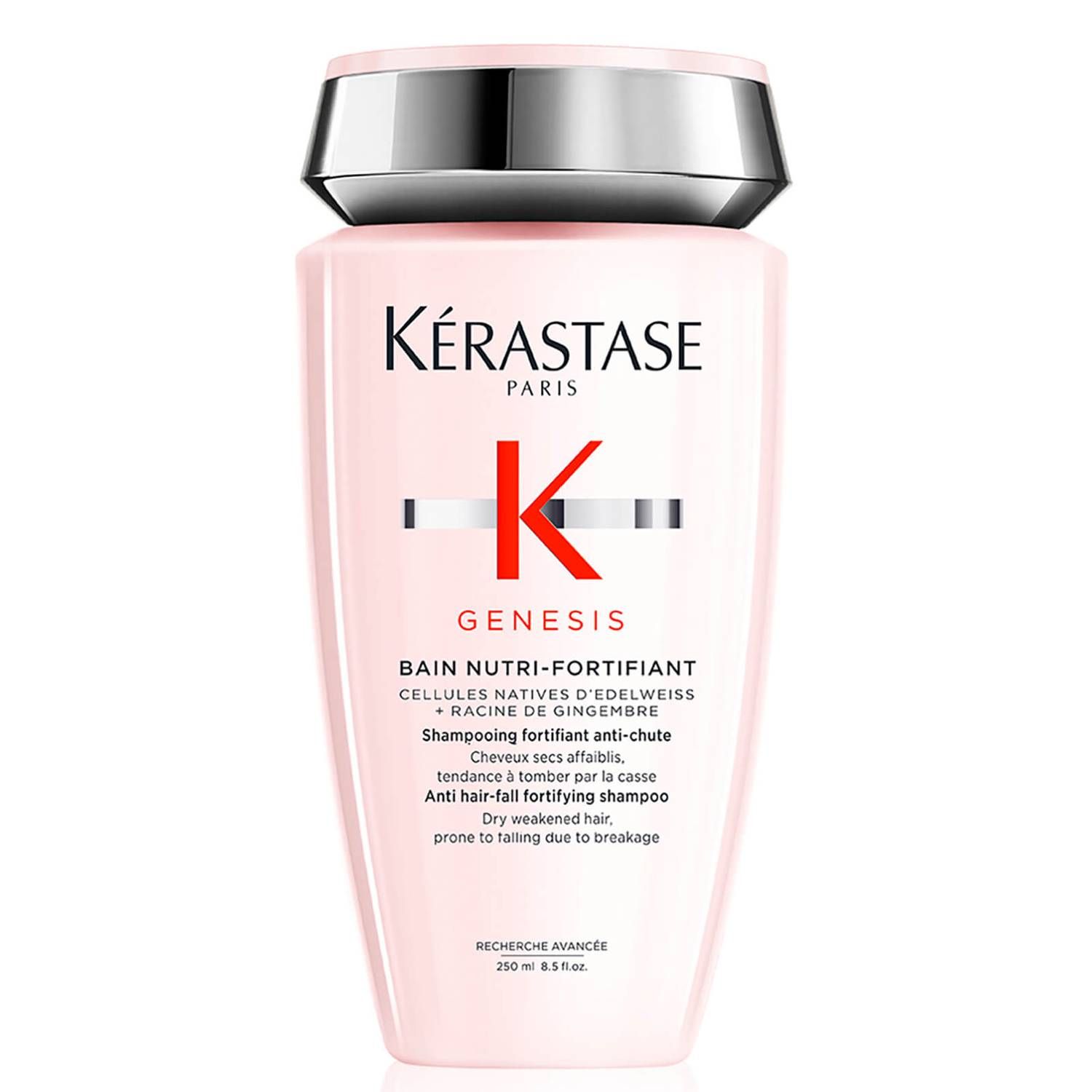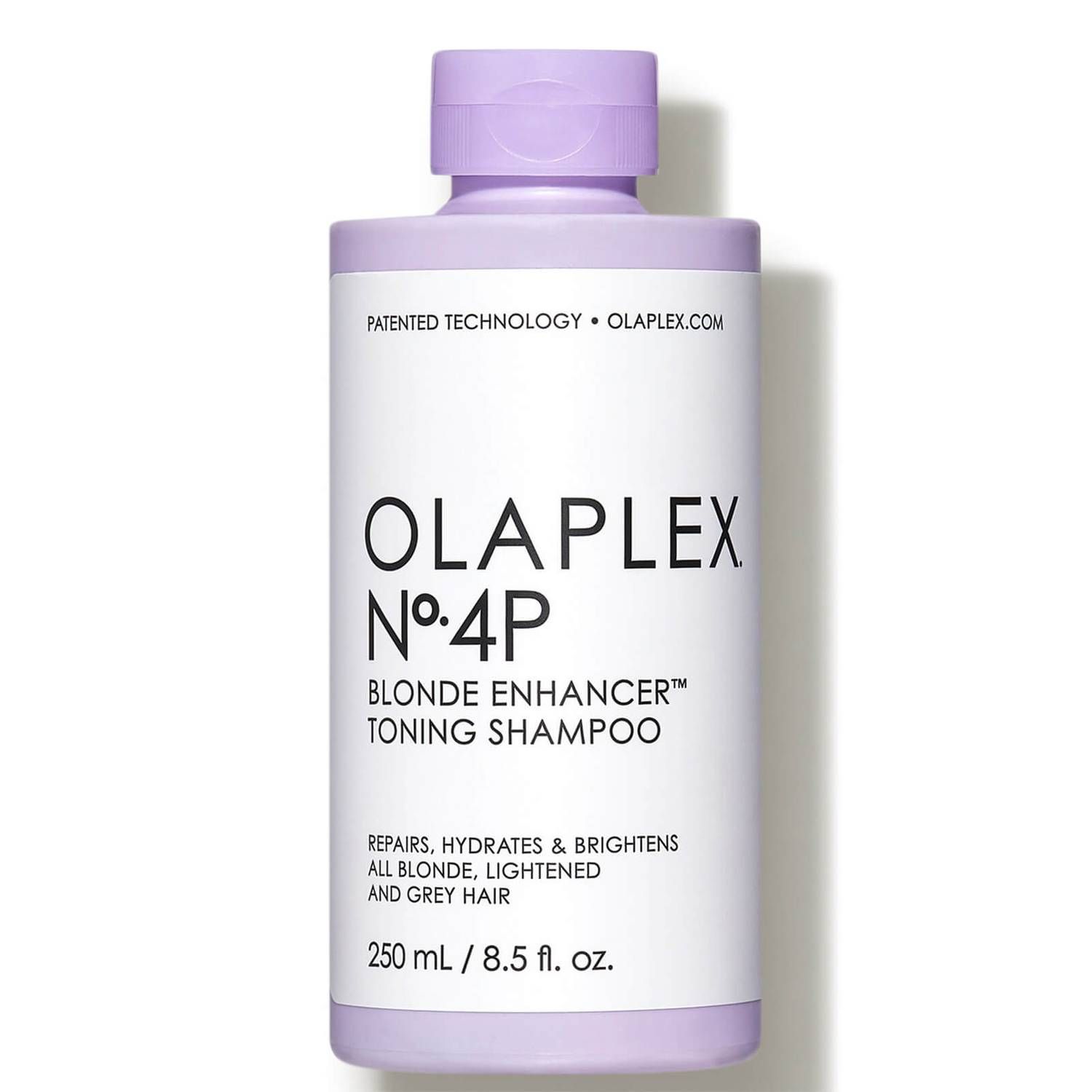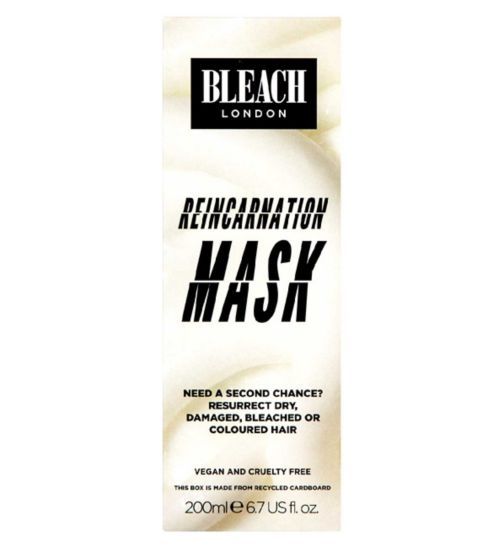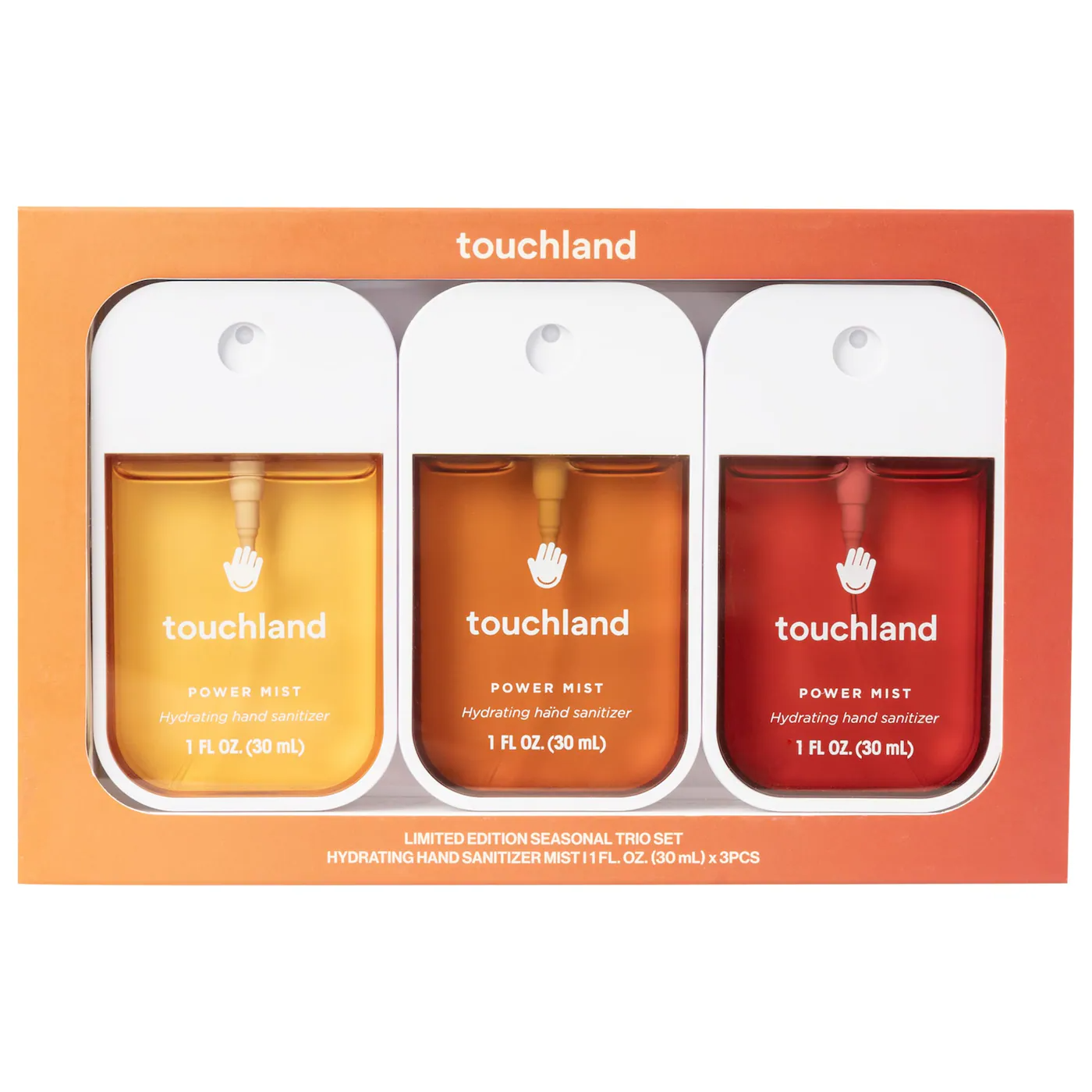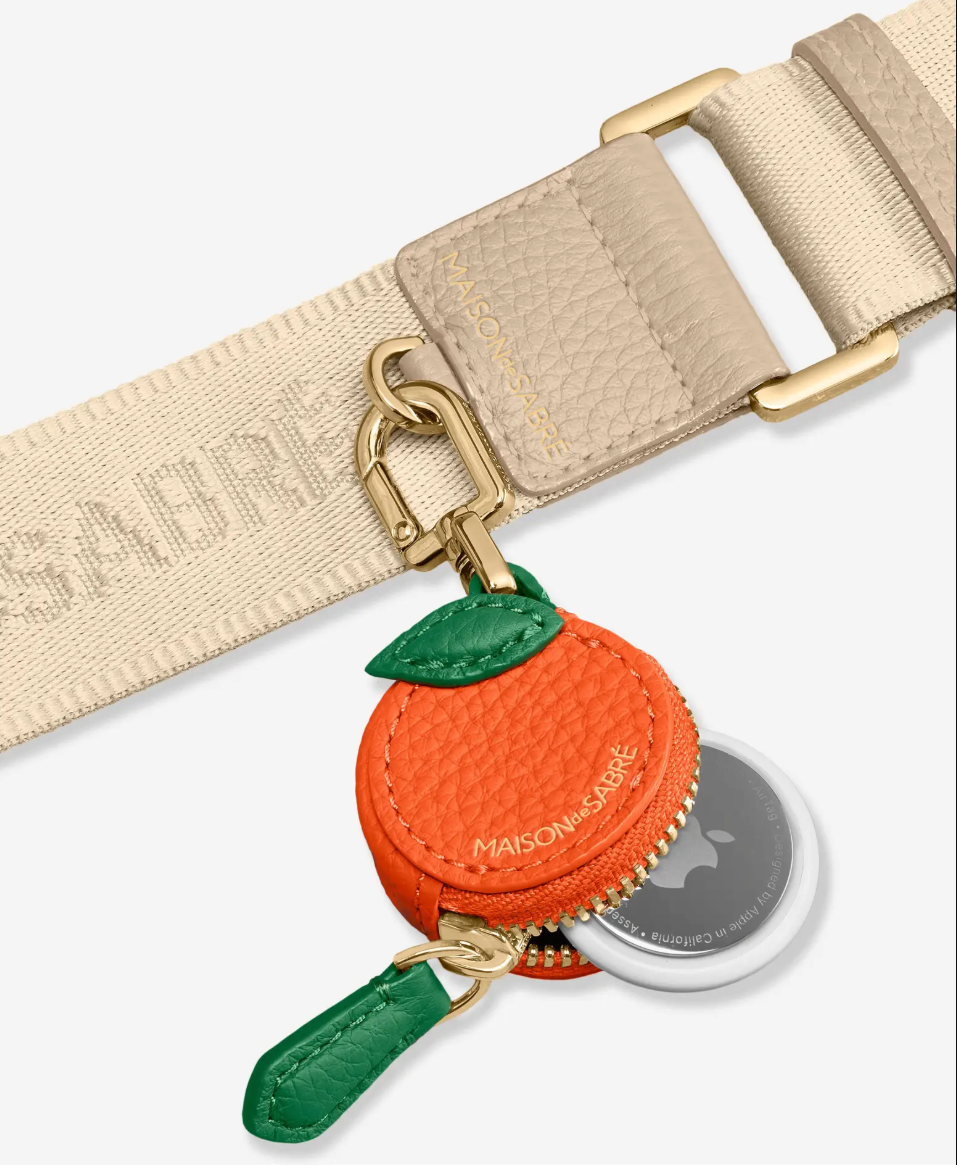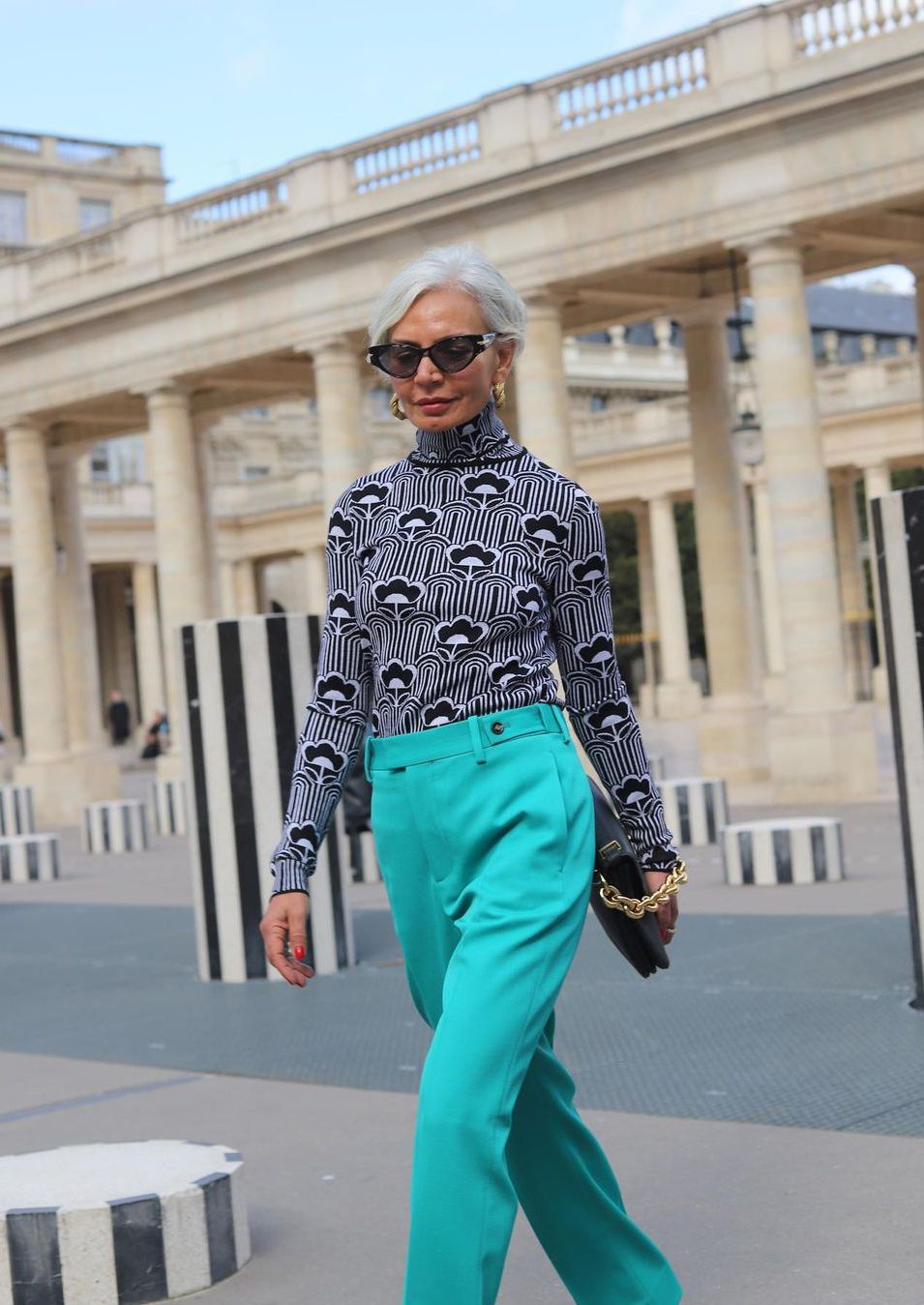
I don’t know if it’s just me, but I’ve noticed the dialogue around finding grey hair has really shifted over the years, and I, for one, am pleased. While, yes, seeing your first grey hair can be a shock, nowadays it seems like there is less of a head-first dive to cover them up and more of a move to work with the change of your tone. Grey blending is just the latest way to embrace the inevitable change to our hair, and experts agree that it’s the chicest way to transition colour.
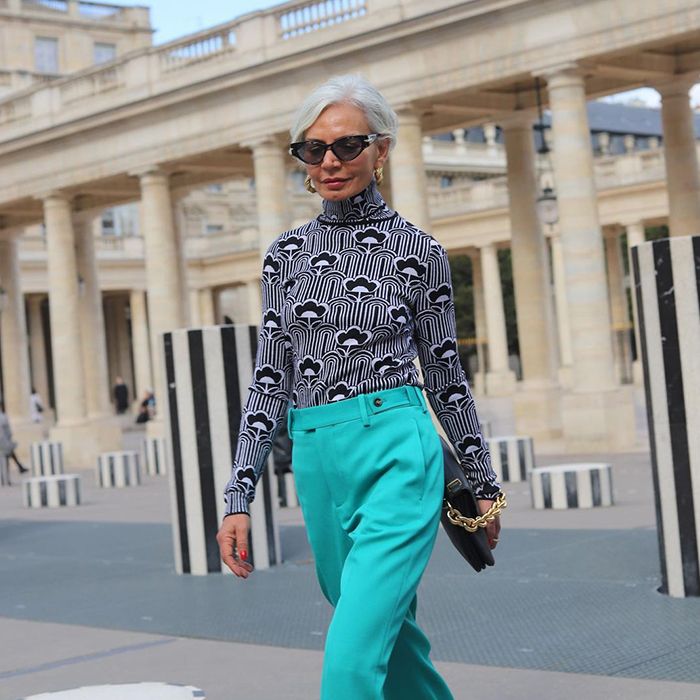
When it comes to applying this colour trend, it’s much like the highlighting services that we are used to. “With the grey blending service, hairdressers use techniques like babylights and balayage to blend grey hair into an overall look to give it a more natural result,” says Zoë Irwin, Wella Professionals UK colour trend expert. “There are products I use, for example, Wella Professionals Illumina Color, that give a sheer result, taking the edge off the grey without hiding it totally. I work with my clients over months and even years to take them grey.”
These are great options if you currently have a light balayage or your hair is light brunette or blonde and has never been dyed dark. But what if you’re in the deep-brunette or black hair camp? “I’d suggest having lighter pieces put through the hair to gently break up the brand of regrowth,” advises Irwin. “Like grey blending, techniques such as microlights and balayage are perfect for this.” If you want to completely go light all over before grey blending, don’t reach for the at-home bleach. “Colour stripping is always done safest in salon,” warns Headmasters artistic stylist Luke Tyrrell. “In salon, we’ll gently cleanse build-up of colour and remove the pigment from years of colourant to achieve an even base to then start your grey blending journey. This would then be upkept with toners and your chosen method of grey blending.”
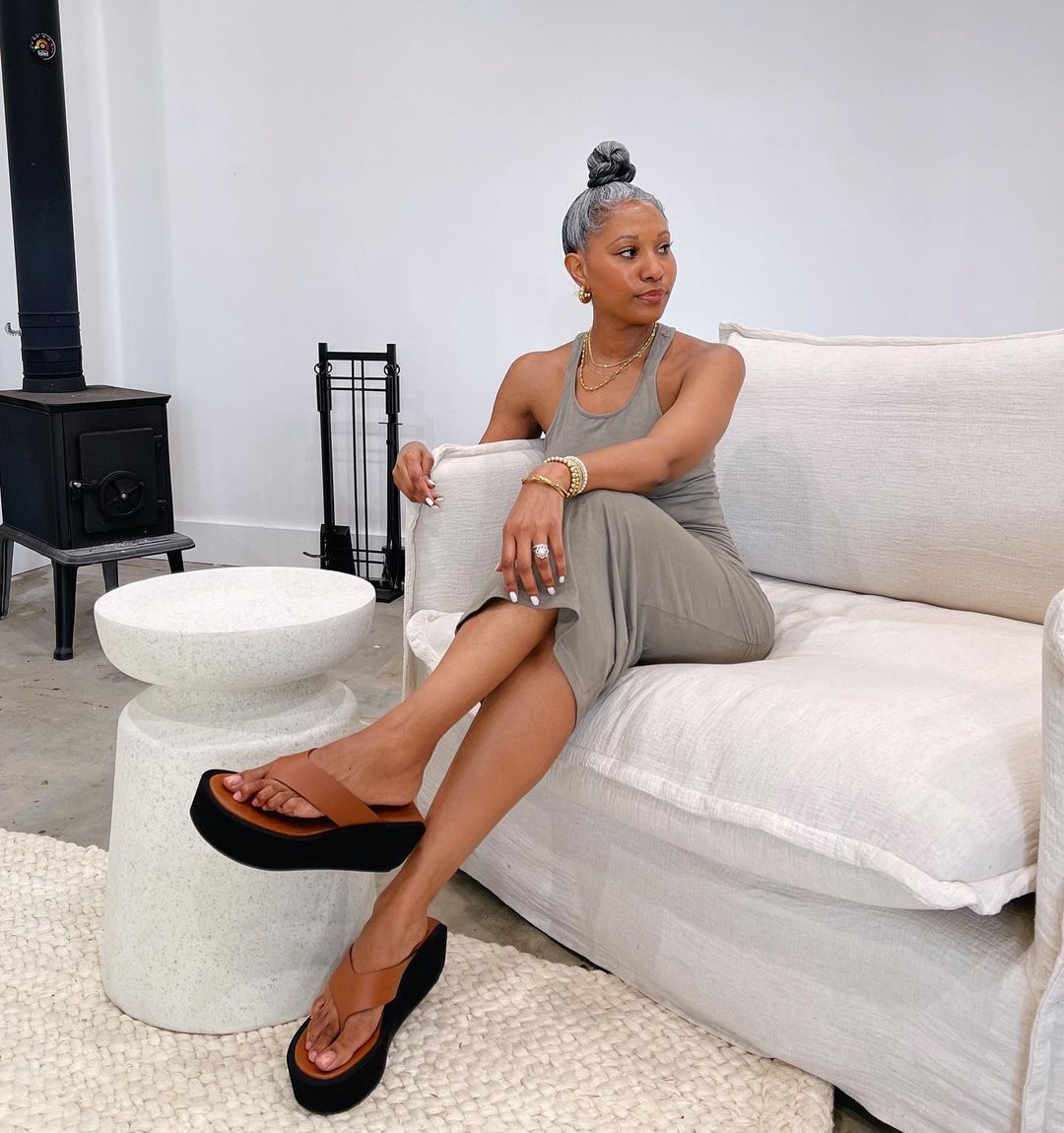
As more of your hair naturally turns grey, you might notice a change in texture and overall hair health. “It’s important to remember that natural grey hair is much more fragile due to the lack of colour pigment. So even if you do nothing to it at all, you’ll find your hair will be more sensitised,” says Irwin. “Make sure you add in products that have extra hydration. I recommend using a mask twice a week. These will make sure the hair has a moisture hit, which will improve quality and texture. As well as a normal conditioning mask, another product I recommend to my clients are colour mask. I recommend these in preference to purple shampoos, as masks are more hydrating and don’t leave a patchy result.”
